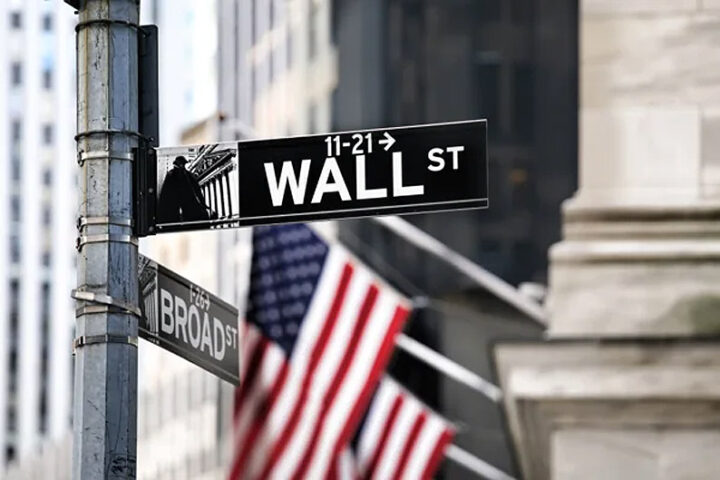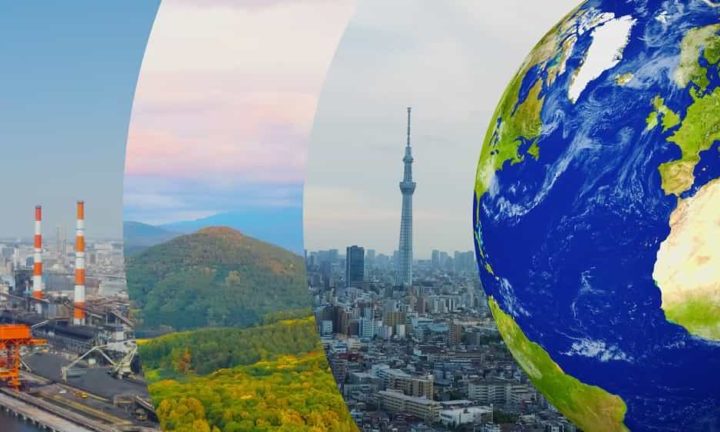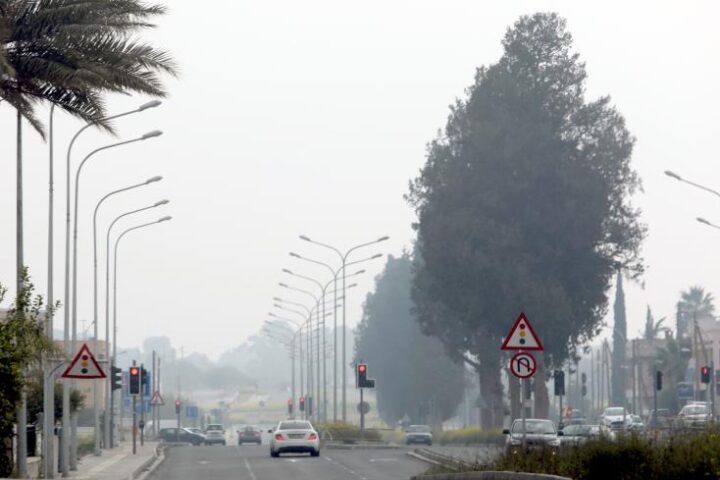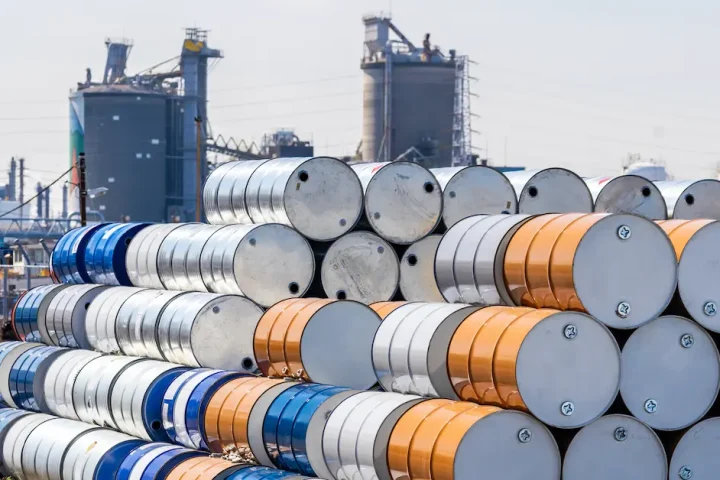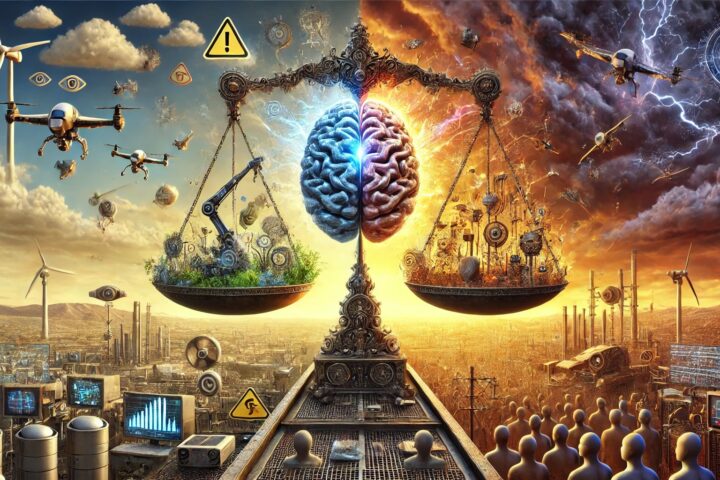Economic factors to watch as Iran votes on whether to give President Mahmoud Ahmadinejad a second term on June 12
INFLATION
Peaked at nearly 30 percent in October 2008 from about 11 percent when Ahmadinejad took power in 2005. Critics blame expansionary fiscal and monetary policies, but he points to global food and energy price rises.
The official rate fell to about 18 percent in March. Analysts attribute this partly to lower oil income, likely to slow growth and government spending, and to monetary tightening under former Central Bank governor Tahmasb Mazaheri, who Ahmadinejad replaced in September.
Property prices have also dropped by up to 40 percent in some upmarket parts of Tehran according to a Western diplomat, bringing relief for those who plan to buy for the first time or rent, and officials say inflation will fall further.
Presidential contender Mirhossein Mousavi, a moderate, says he would control price rises through monetary policies and by boosting production.
UNEMPLOYMENT
Critics say government spending has failed to dent a jobless rate of around 10 percent. An Iranian development economist said official figures exclude those who would like to work more, for example many housewives and students. About 800,000 people enter the labour market each year, competing for only half that number of new jobs, he said on condition of anonymity.
OIL REVENUE
The world's fifth-largest crude exporter, Iran went on a spending and import spree while prices soared.
The price of crude has fallen nearly 60 percent over the last year. Oil accounts for 85 percent of state revenue.
Even though the price has roughly doubled from a December low, it remains below $75 a barrel, the price at which the International Monetary Fund (IMF) last year said Iran would incur current account deficits in the medium term.
Nevertheless, the head of the National Iranian Oil Company has said oil income reached $75 billion in the year to March 2009, a rise of some $7 billion on the previous year. The oil price peaked about four months into the fiscal year.
OIL INVESTMENT
Iran sits on 11 percent of the world's oil reserves and its second largest gas reserves.
Analysts say it needs more foreign investment and technology to expand production capacity, but U.N. and U.S. sanctions are deterring energy companies, especially Western ones. The state oil firm estimates annual investment needs at $25-30 billion in the oil and gas sector. On May 31, a subsidiary said Iran planned to issue $12.3 billion worth of foreign currency and rial-denominated bonds over the next three years to help finance development of its huge South Pars gas field.
The election may provide a signal for investors on the prospects of any thaw with the West, especially the United States, which is seeking to engage with Tehran after three decades of mutual hostility.
Ahmadinejad has taken an uncompromising line in the nuclear row, while Mousavi and reformist contender Mehdi Karoubi advocate detente with the West. "Even the indication of movement … would be enough to encourage foreign investors," said Karabekir Akkoyunlu of risk consultancy AKE in London.
SANCTIONS
Iran has often shrugged off the impact of international sanctions, but analysts say the oil price fall could make them more painful.
The U.N. Security Council has imposed three rounds of relatively mild sanctions since late 2006. The United States has also imposed measures and pressured banks and companies from other countries to halt dealings with Iran.
Western businessmen say it has become more costly to do business in Iran, citing difficulties in transferring money and securing letters of credit.
The U.S. Congress is considering legislation to penalise companies that sell, ship, finance or insure petrol exports to Iran. Iran, which imports petrol as it lacks sufficient refining capacity, says it can deal quickly with any such U.S. step.
GROWTH
Lower oil prices and the global slowdown are expected to cut economic growth. In mid-2008, when oil was near its peak, the IMF predicted Gross Domestic Product would grow 4.9 percent in 2010-11, down from 5.2 percent in the previous year.
But a Western diplomat said in May that given declining construction and manufacturing sectors, any growth at all would be a good result. Ahmadinejad said on May 23 Iran was showing growth of 5-6 percent.
The Agriculture Ministry has said the country could produce enough wheat to meet domestic demand this year after imports jumped in 2008 due to a drought.
Mousavi says he would improve the business environment to boost the economy.
SUBSIDIES
Ahmadinejad's plan to reform the extensive subsidy system hit a snag in March when parliament rejected a key element. The president wanted to hike energy and utility prices, compensating low-income families with direct cash payments, but MPs feared this would stoke inflation. The dispute exposed objections to Ahmadinejad's economic policies from fellow conservatives in the assembly.
Mousavi has proposed targeting subsidies gradually, saying an abrupt change could cause an economic shock.
PRIVATISATION
The government wants to speed up privatisation after the constitution was changed to encourage the sale of state assets outside upstream oil. Mousavi has also stressed the need for a strong private sector.
Iran has this year sold 5 percent stakes in two of its largest banks, Bank Mellat and Bank Tejarat, and plans divestment of others.
But with foreign investors wary, some analysts say firms to be sold off may simply end up being transferred within the country's vast public sector.


